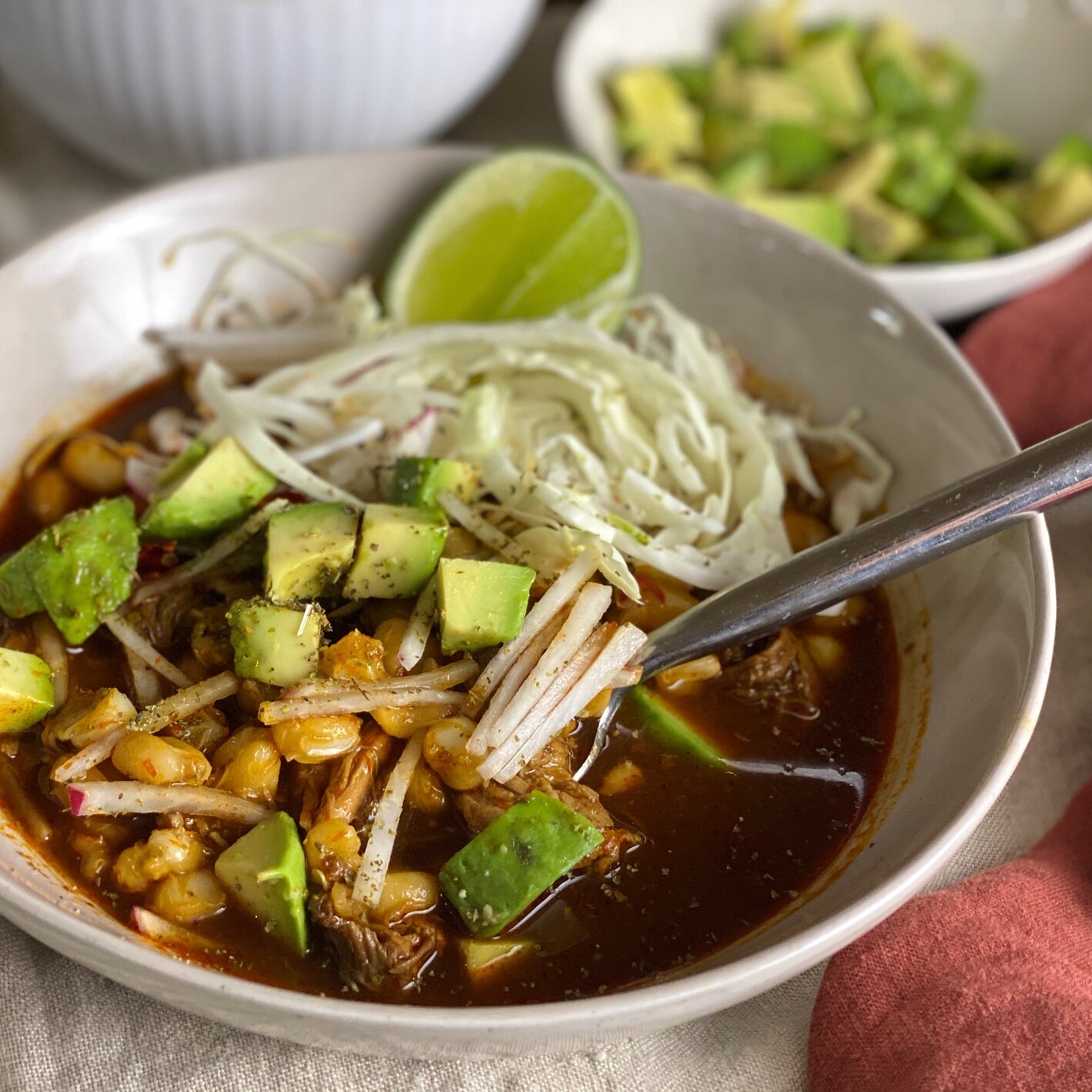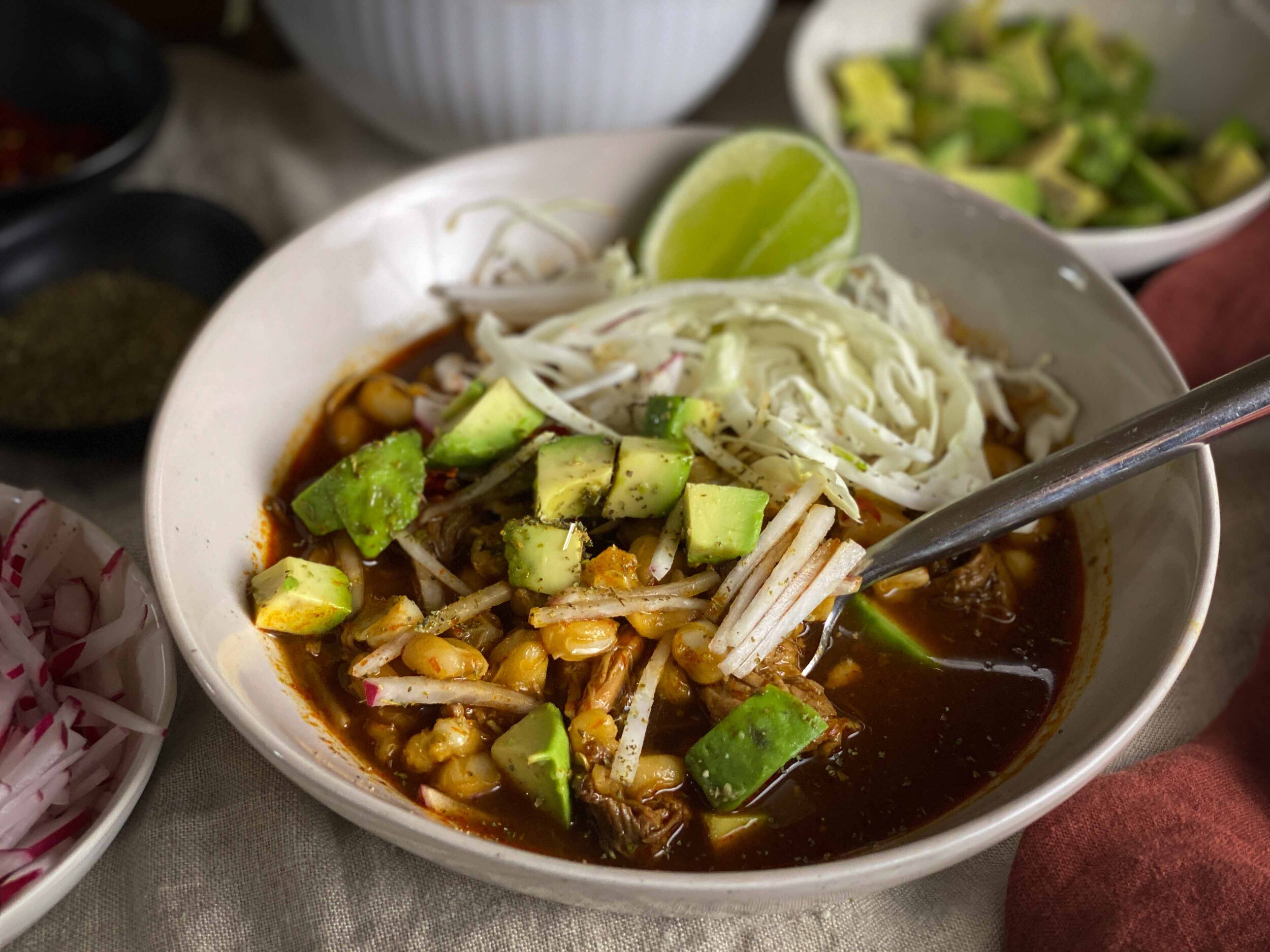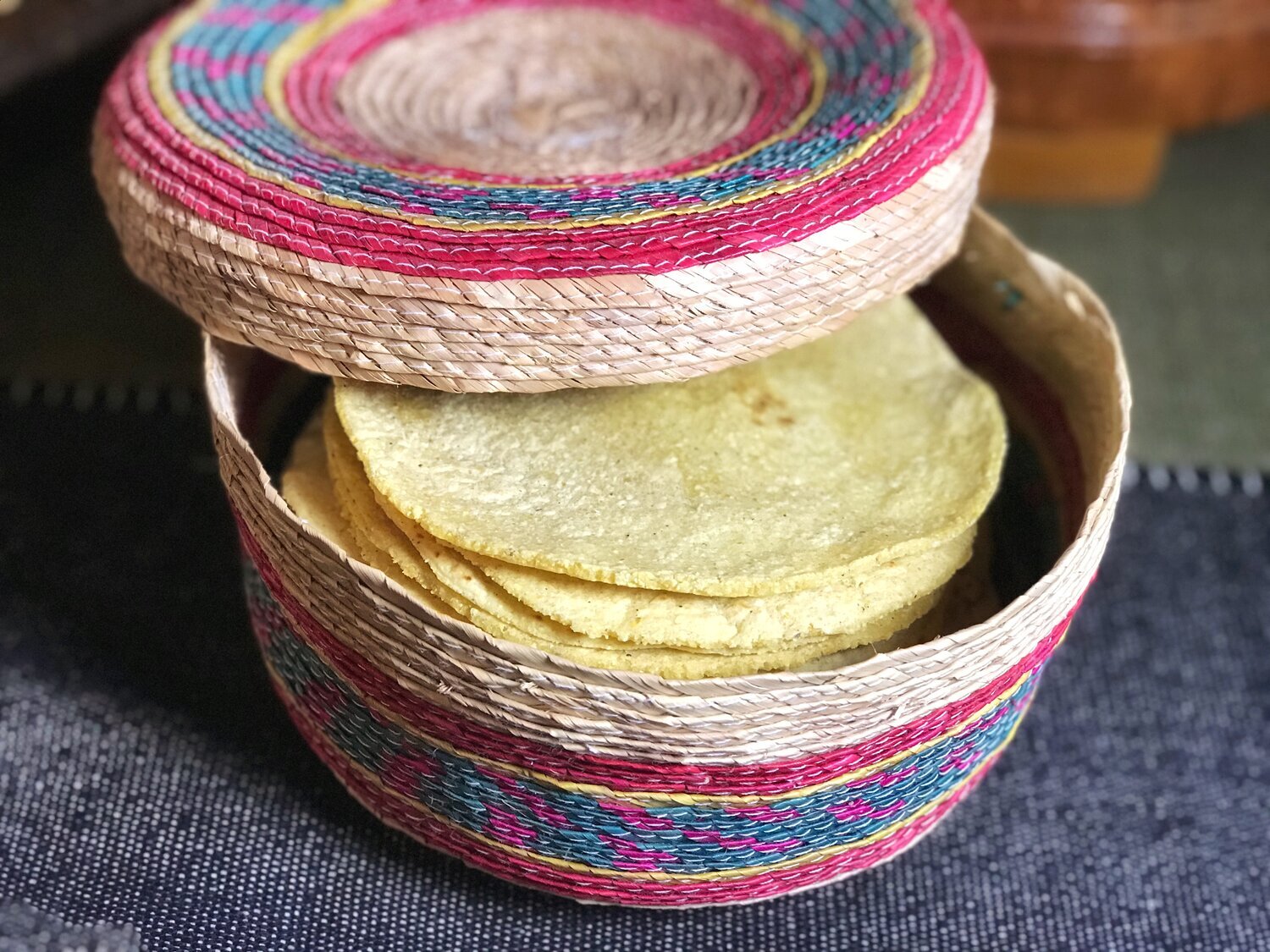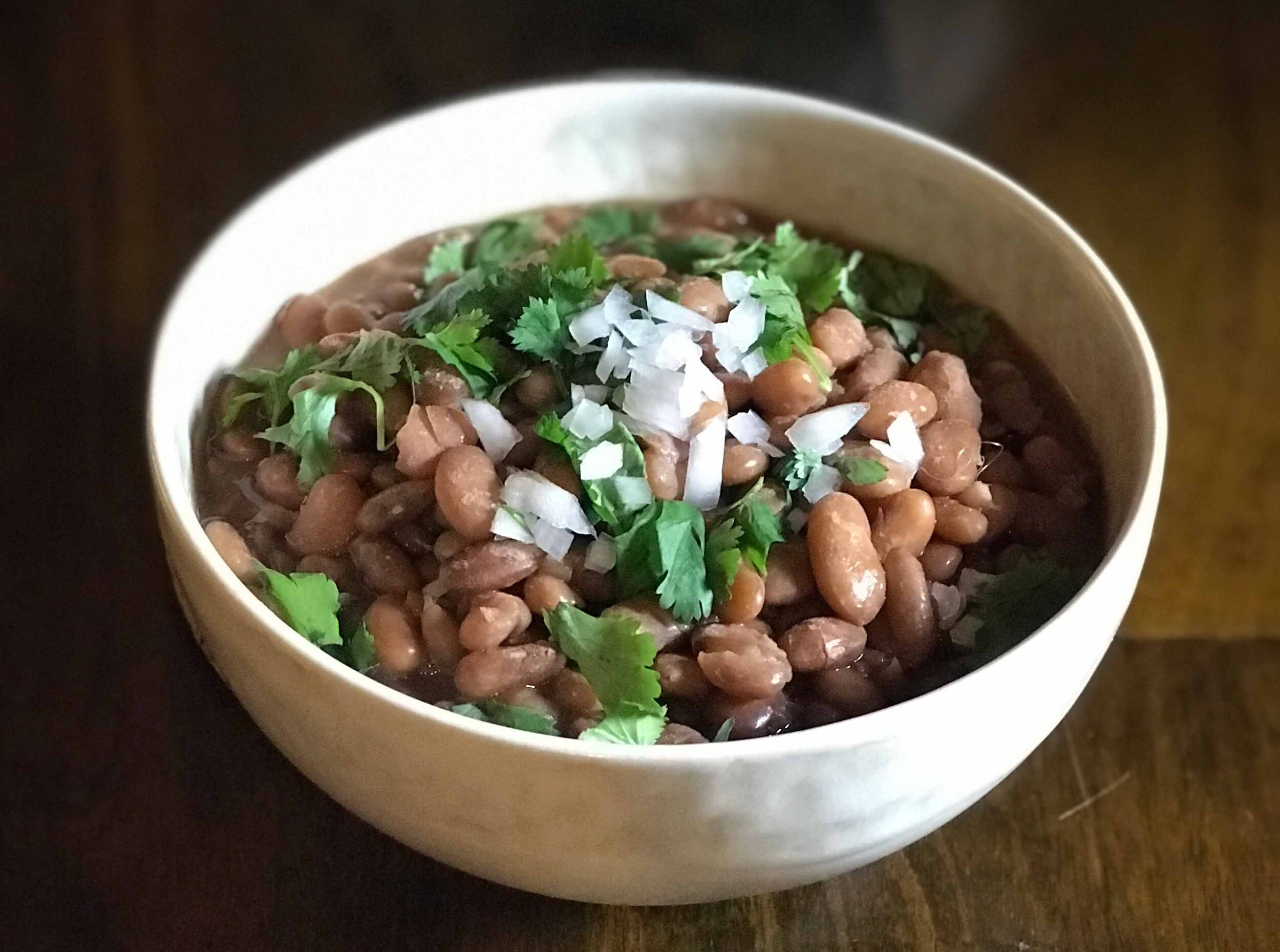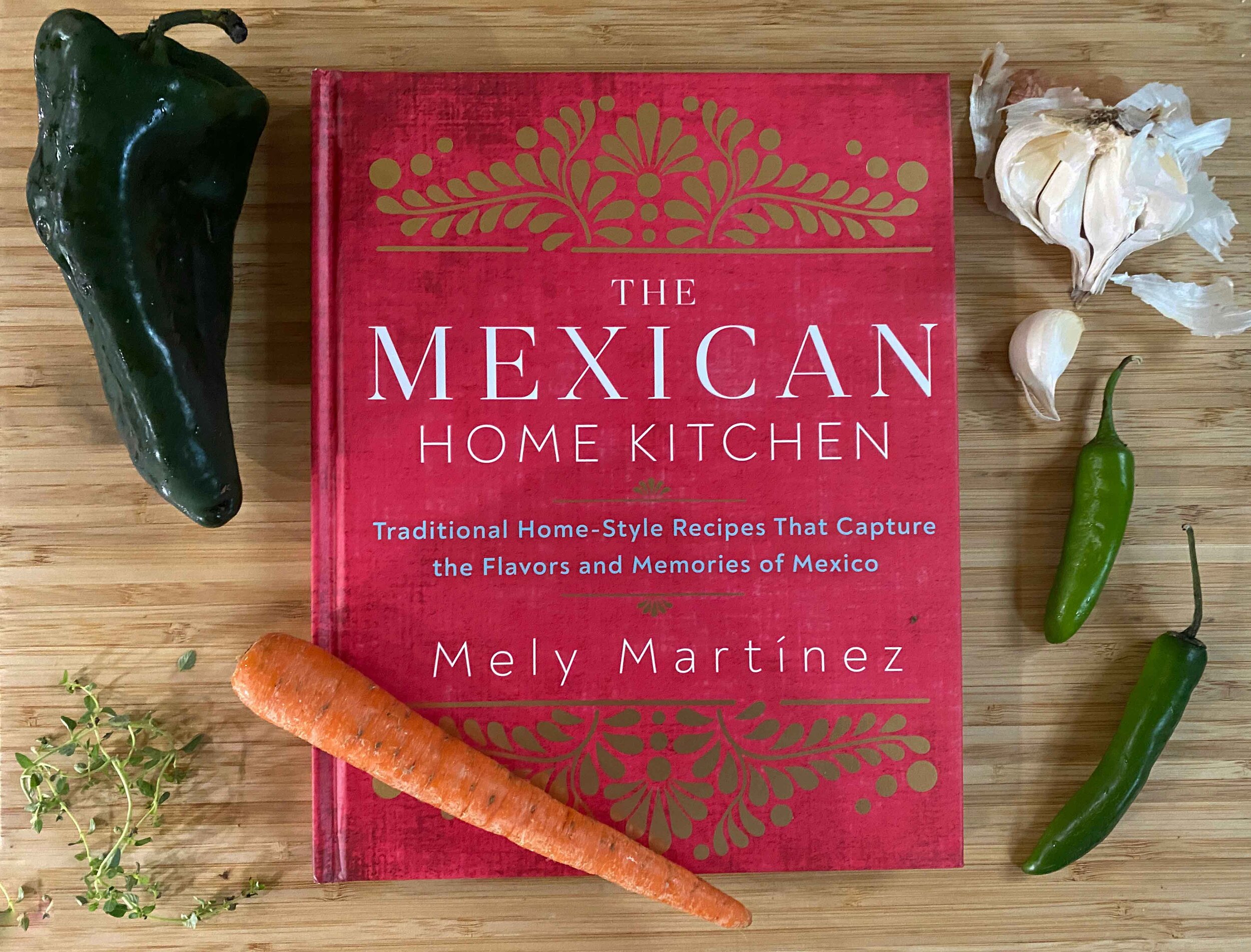“I will build a great, great wall on our southern border, and I will make Mexico pay for that wall.”
It seems fitting — in our nervous household, anyway — to feed our souls on election night with food that honors Mexican people.
Anxiety is running high. The urge to nibble nervously on election night will be real. No matter how Tumultuous Tuesday plays out, we will all need comfort and sustenance.
I already have the makings for a big pan of Chicken Enchiladas Verdes: tomatillos and chicken to roast, tortillas to roll, cheese and crema to soothe. I’ll make a big pot of Frijoles de Olla, crunchy, tangy carrots escabeches and a big plate of OG nachos, like the ones Pati Jinich just described in the New York Times as “crunchy, cheesy and truly Mexican.” And rice.
Pozole would be another great way to go: a big pot on the stove that you can return to again and again, dressing up bowls with crispy radishes and cabbage, creamy avocado, earthy oregano. (Our friend Mela Martínez has just the prescription!)
Pozole Rojo from Mely Martínez’s ‘The Mexican Home Kitchen’
Tumultuous Tuesday also happens to be Taco Tuesday. You could set a batch of carnitas, carne asada or roast chicken on the table, surround it with homemade or store-bought corn tortillas, chopped cilantro and onion, radishes and carrots to nibble — or sliced jicama drizzled with lime juice and tajín — and a couple of salsas.
I can imagine being so nervous that I’d be soothed by pressing tortillas throughout the evening and tossing them on the comal. (A recipe for roast chicken is included in our chicken enchilada recipe, or pick up a supermarket roast bird.)
Or make Josef Centeno’s supremely comforting Carne Guisada! And his Tía Carmen’s Flour Tortillas!
Stay safe, everyone. Stay healthy. Try to stay calm. Nurture yourselves and your families, soothe yourself by cooking, and we’ll see you on the other side.
RECIPE: Chicken Enchiladas Verdes
RECIPE: Mely Martínez’s Pozole Rojo
RECIPE: Serious Chingón Carne Asada



